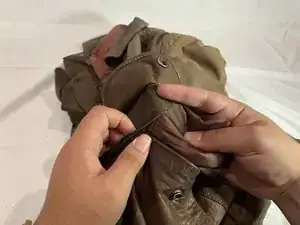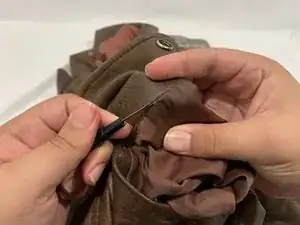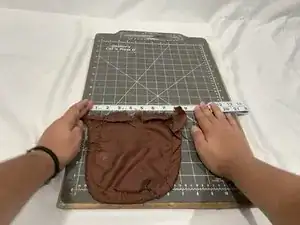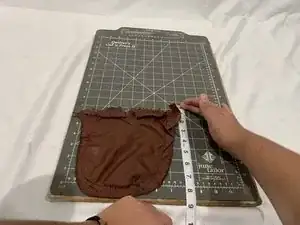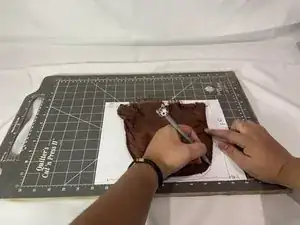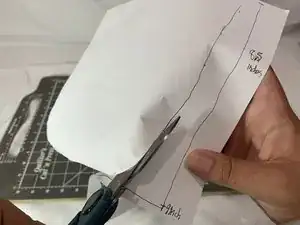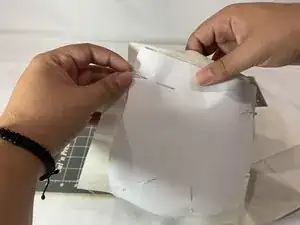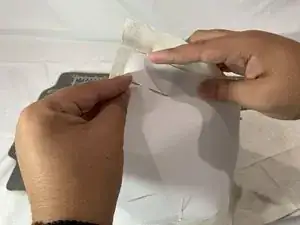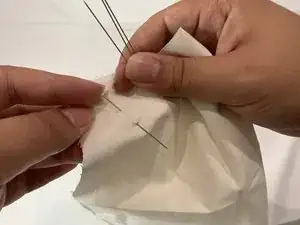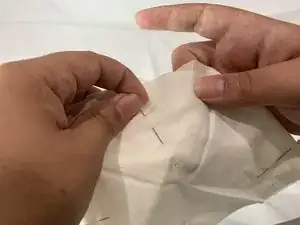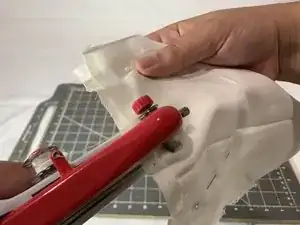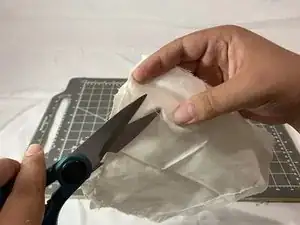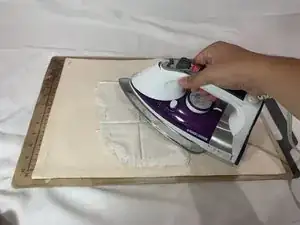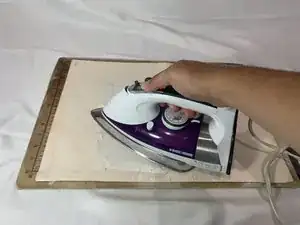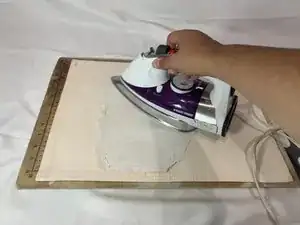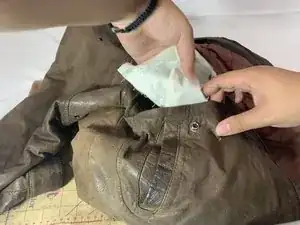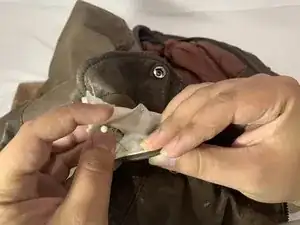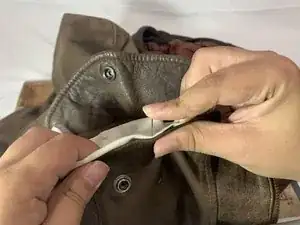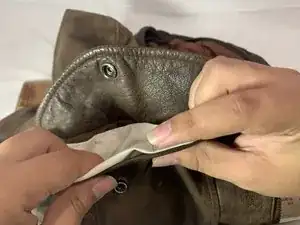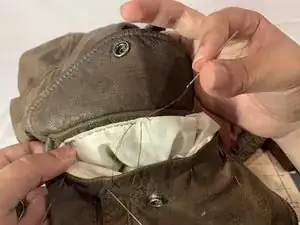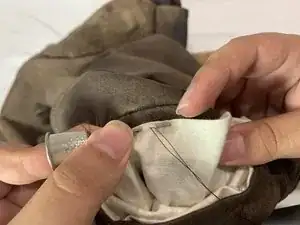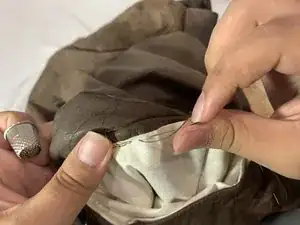Introduction
Jacket pockets are important because that is where we keep our belongings much of the time. However, they get holes in them sometimes or totally ripped out. This can lead to loss of property or inability to hold what we need on your person. If this has happened to you, follow our guide to repair your garment.
This guide will help you save money so you don't have to get someone to fix your jacket and you don't have to throw it out simply because it has a rip. In our step-by-step guide, there are instructions on how to create and replace a jacket pocket for your leather jacket.
Tools
-
-
Use sewing scissors to cut the fabric along the pattern. These pieces will be sewn together to form the pocket.
-
Repeat the process for the other side of the pocket.
-
-
-
Pin both fabrics together with their sides aligned exactly in the same direction as the sewing pattern.
-
-
-
Sew the fabric together with the Singer Stitch Sew Quick to form the pocket with a 10mm margin of space from the raw cut edges of the fabric.
-
Leave only the pocket opening unstitched by stopping a few centimeters before it, helping to create the pocket fold.
-
-
-
Pin the new pocket to the jacket.
-
Flip back the pocket opening flaps to create a fold for the pocket opening and conceal the raw cut edges.
-
